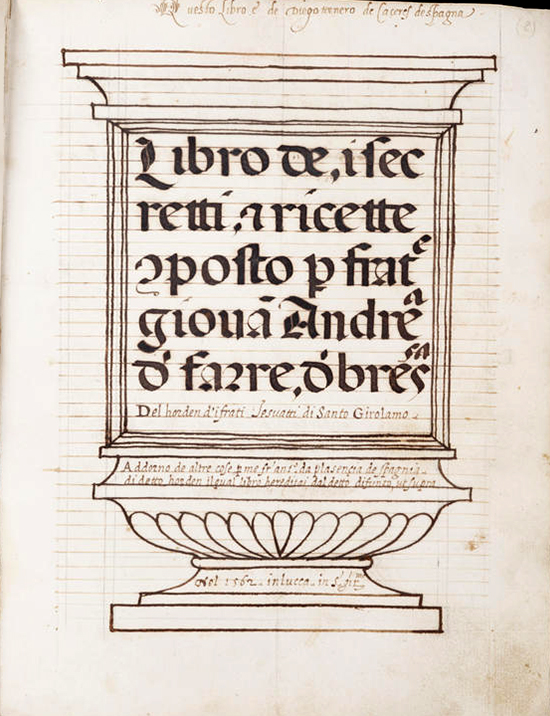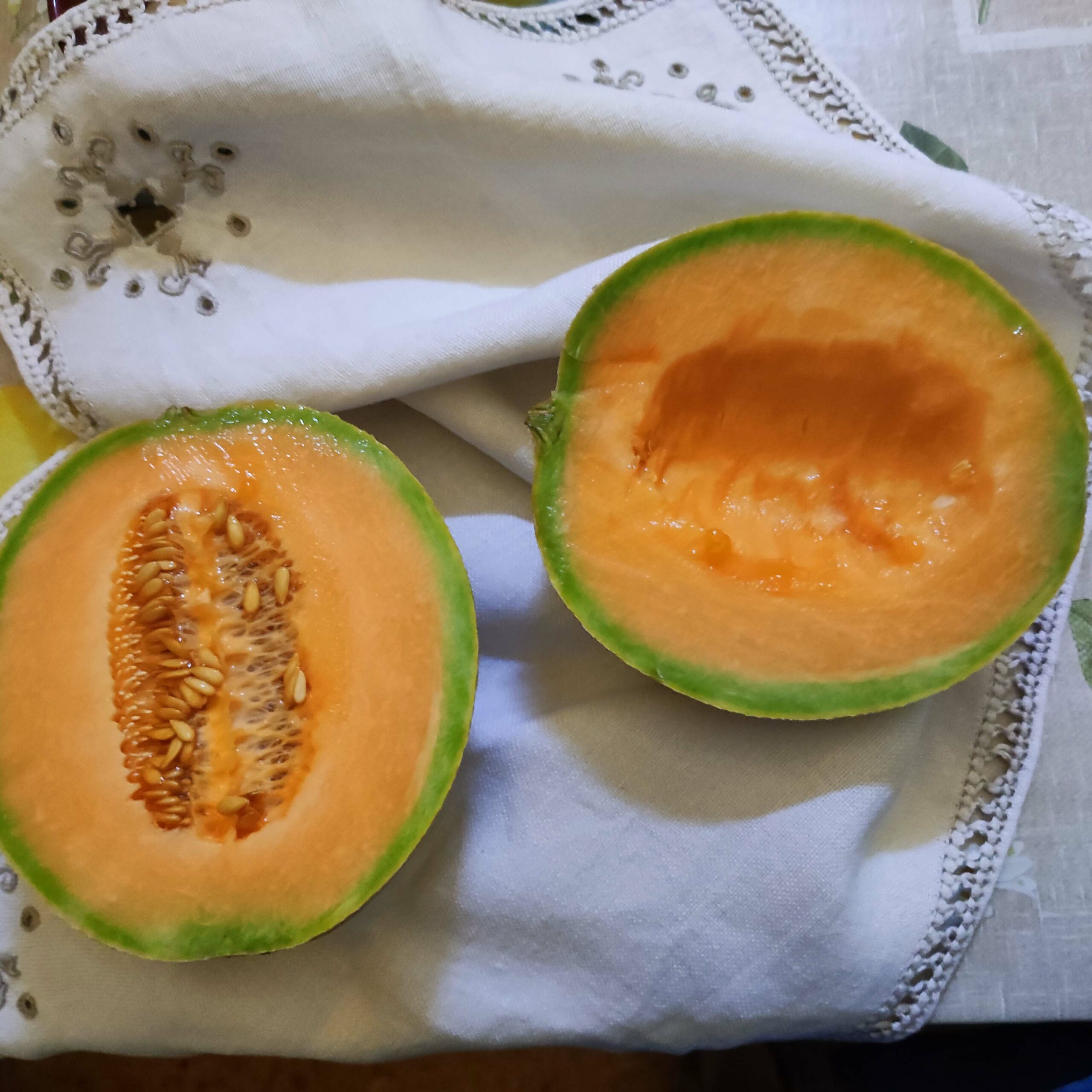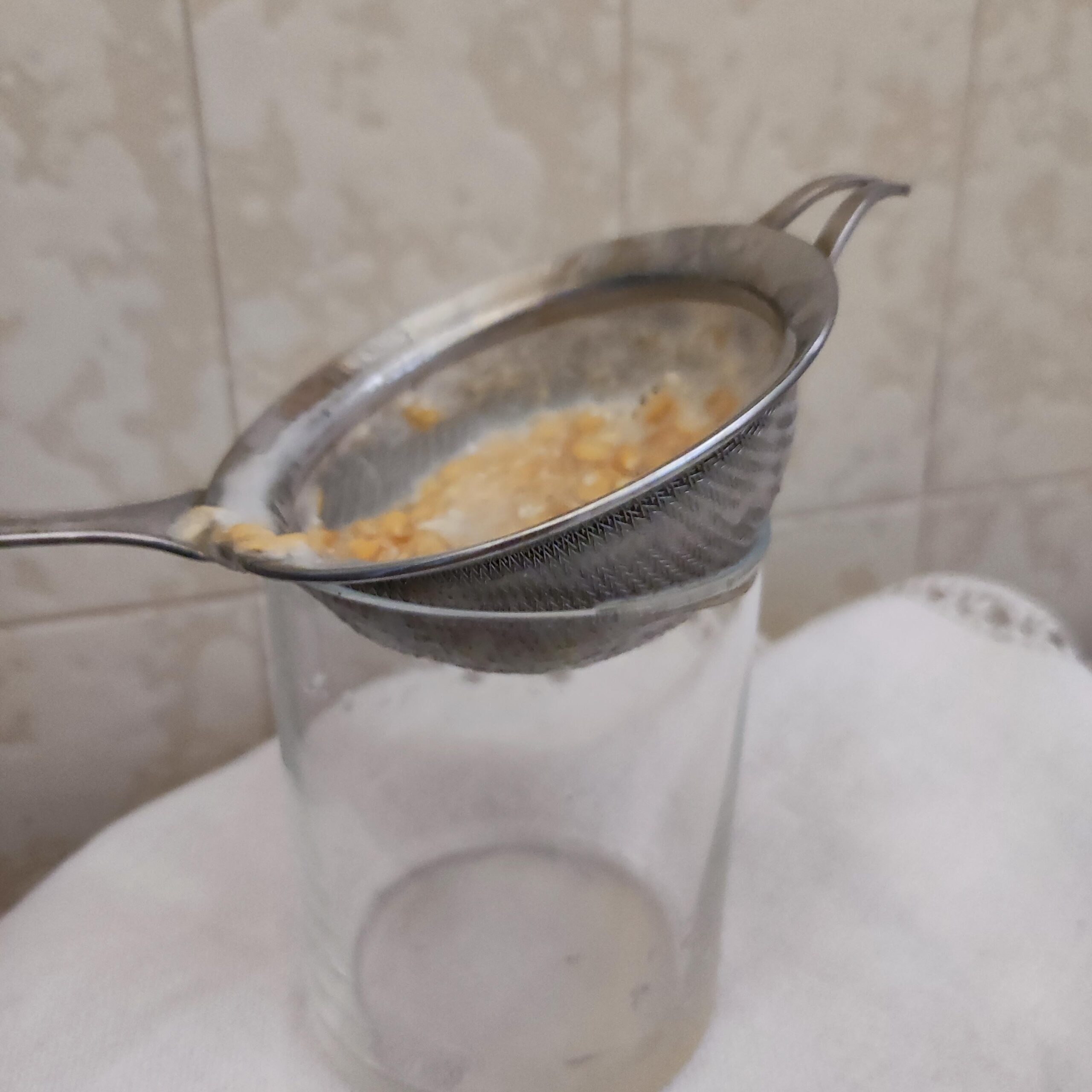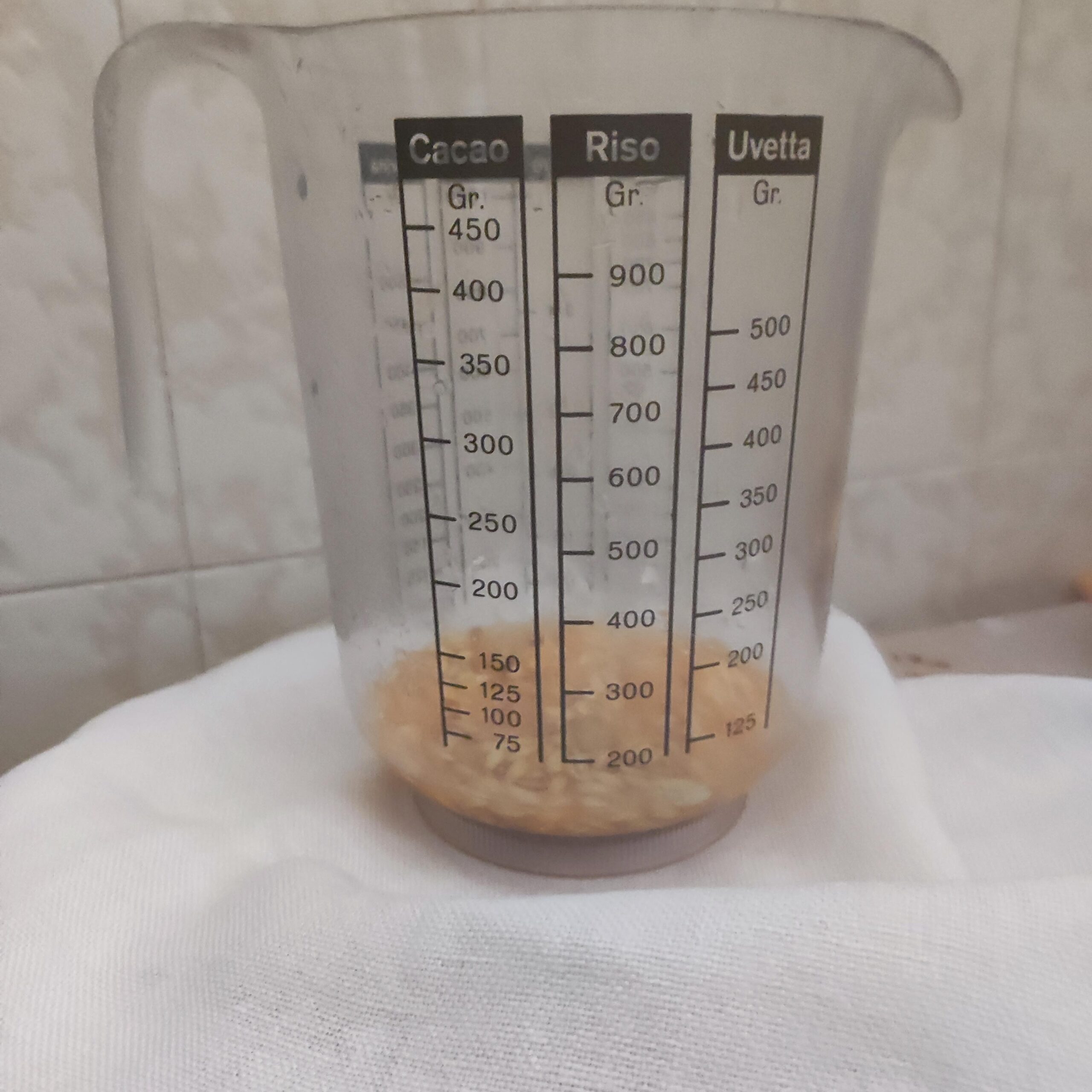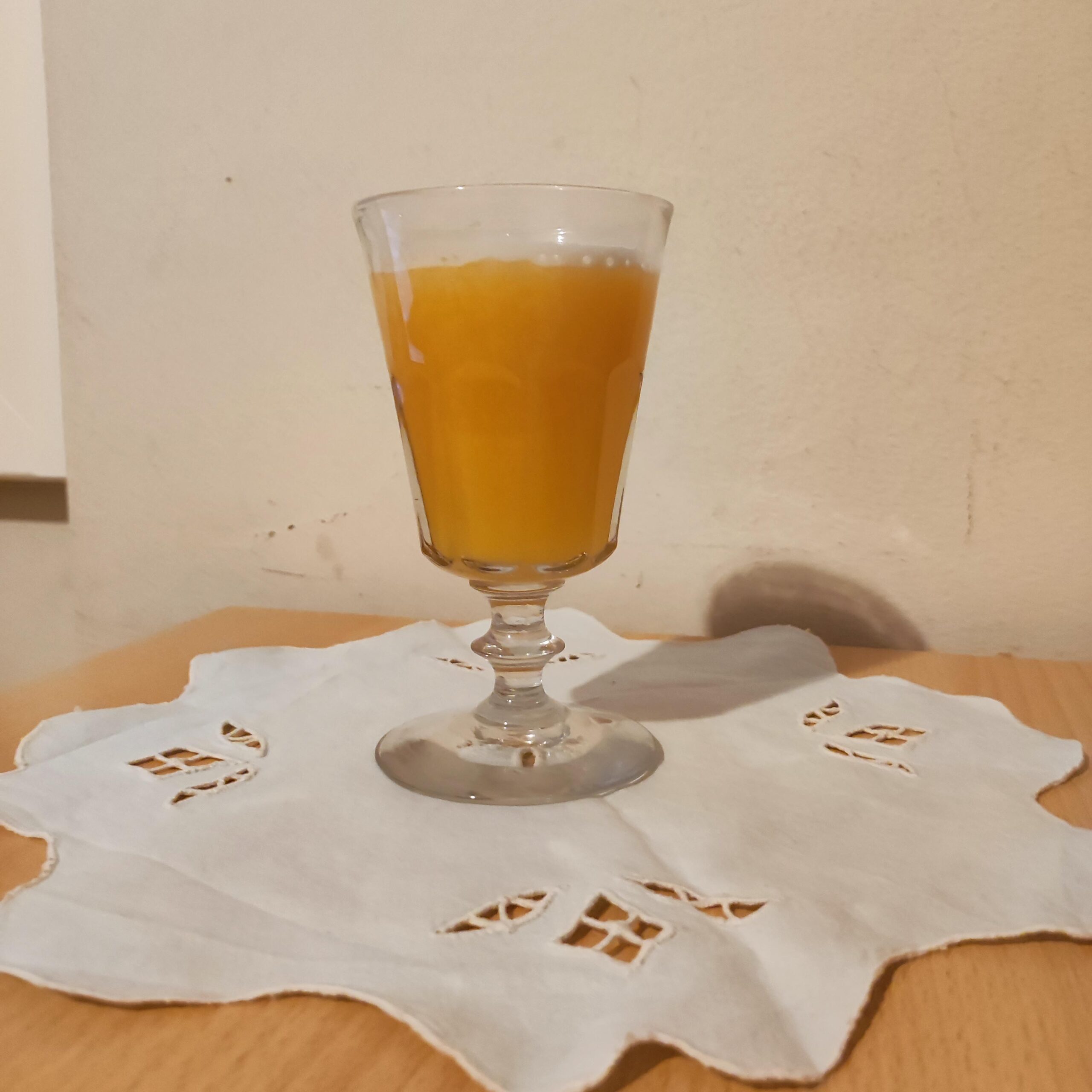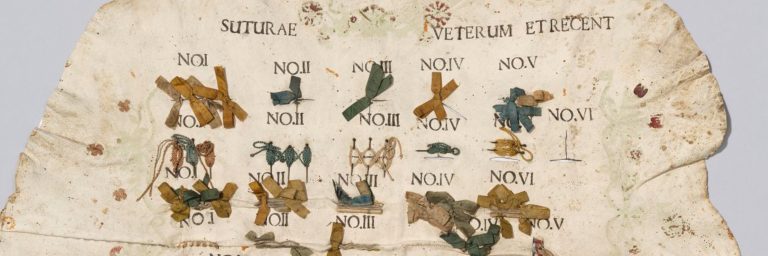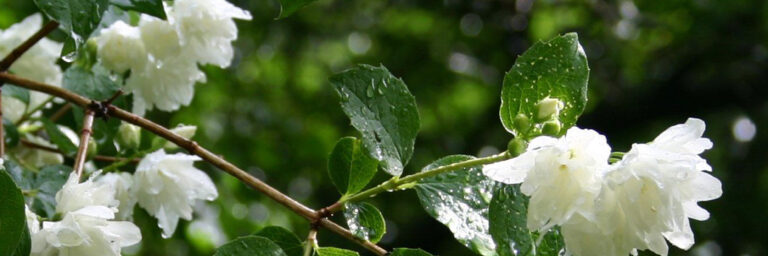For Health and Pleasure
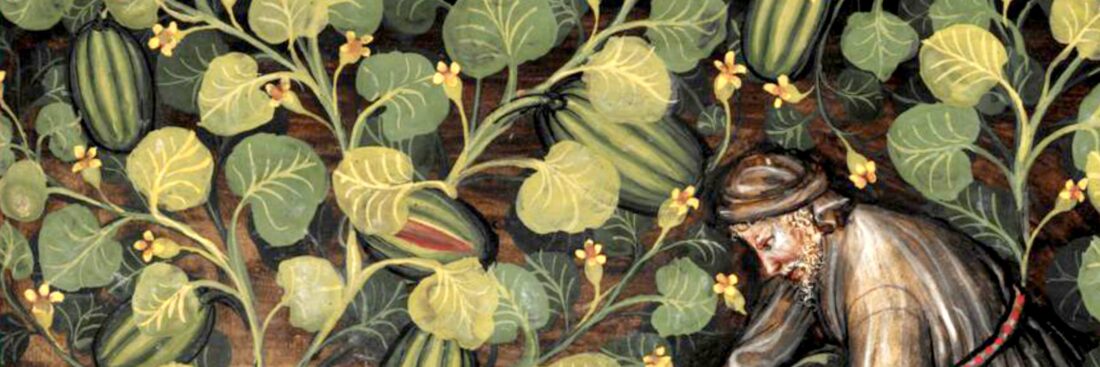
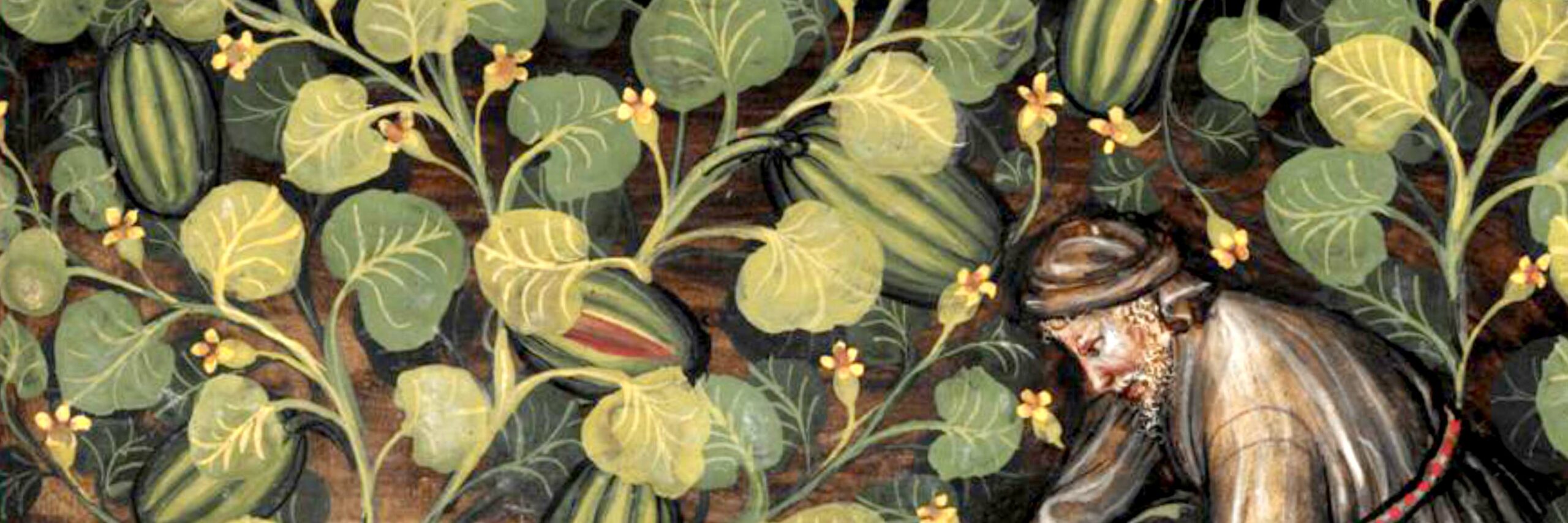
FORMA FLUENS
Histories of the Microcosm
For Health and Pleasure
Renaissance Uses of Melon's Seeds and Milk
Giovanna Zipoli
University of Florence
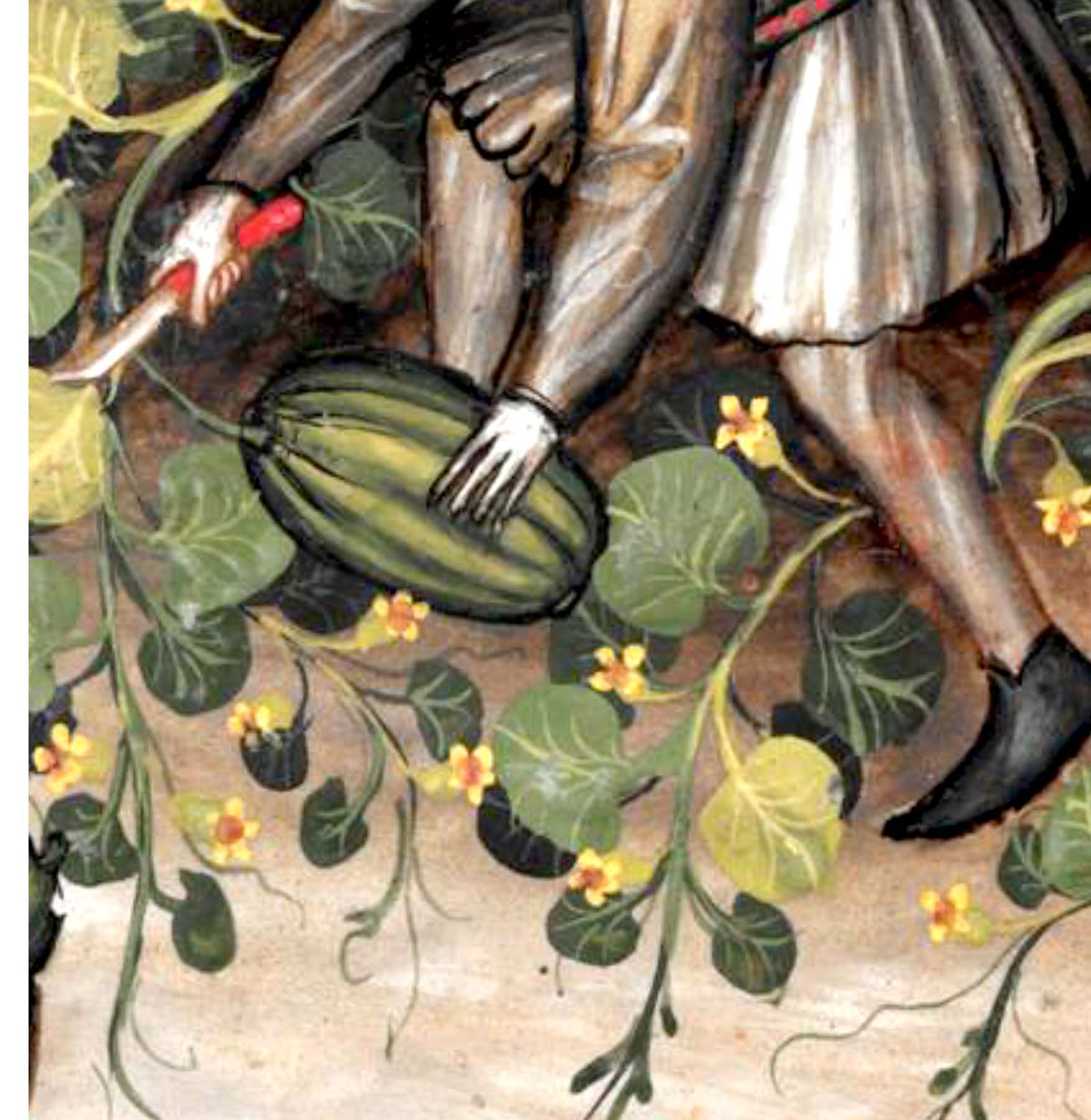
In Florence melons are strictly called poponi as the term melone refers to someone of limited intellect. Cold to the second degree and humid to the third, when combined with aged cheese, salted meat, or fine wine, melons, particularly the less “wild” varieties, were highly appreciated. They were particularly popular at court during the Renaissance. In this article, however, I will focus not on the flesh of the melons, but on the part we usually discard: the seeds.
Melon’s seeds, classified in the galenic pharmacopoeia among the “common cold major remedies”, requiring little cooking, were used in numerous medicinal preparations. In the 14th century, Lorenzo di Agnolo Zoppo, a physician of the Prato merchant Francesco di Marco Datini, knowing his “sweet love” (dolce amore) for these fruits, specified:
Use poponi before meals at the appropriate time; and do not throw away what is inside, as that is the best and most medicinal part.[1]
Below [Fig. 1], I present a monastic recipe for an electuary (lattovario) for “pain in the sides” based on various ingredients including poponi seeds, pumpkin seeds, theriac, sandalwood, anise, and sugar to be taken in the morning “early”. The original entry is found in Libro de, i Secretti, e ricette written by Friar Giovanni Andrea d’Farre, written in Lucca in 1562.
Lattovario: Take 4 drams each of melon seeds, squash seeds and ground pine and 3 drams each of spices for an electuary, theriac and sandalwood, 3 ½ drams each of anise and asparagus seed, 1 ½ lb. of fine sugar and 1 dram of cinnamon and make an electuary of it in the usual way. Take it early in the morning and you will see the good result that the pain will soon lift and you will be cured. [2]
In the mid-17th century, the Bolognese agronomist Vincenzo Tanara (d. after 1665) discussed the various types of melons and their cultivation. He then explained their culinary use, providing recipes that used both the flesh and the rind. He documented that certain parts, candied or dried in the sun or oven, were used throughout the year, for example, as a “covering for chicken cooked with ham or other salted meat”.[3]
He also noted the therapeutic use of the seeds:
The seeds are well-known for their health benefits and relief for the poor sick when crushed and made into milk; they are also given to healthy individuals to cleanse the kidneys and cool the liver, which the melon itself does marvelously, hence its reputation. [4]
The Neapolitan pharmacist Giuseppe Donzelli, in his Teatro farmaceutico dogmatico, e spagirico (Venice 1681), cited several authorities: according to Galen, melon’s seeds have great astringent power and benefit those suffering from kidney stones. [5]
Born in Sesto Fiorentino (Florence), where she lives, Giovanna Zipoli is a retired teacher, graduated in literary subjects at the University of Florence, where she continued her studies in Medieval Archaeology as a postgraduate. She has moved from an interest in the study of containers to that of contents: from ceramics (pottery, albarelli…) to food and ancient medicine in Italy, in the Mediterranean basin and in Europe. In 2005 she founded the cultural association Arti a tavola-Cultura del convivio which she is currently the President of. She has co-authored (with Francesco Baldanzi) the volume Il medico fiorentino Bernardo Torni (1452-1497) e gli usi alimentari nella Firenze dei Medici (2020) and (with Carla Latino) the volume “Antichi mangiari” dal Trecento al Settecento a Firenze e dintorni (2022). Most recently she authored the volume Firenze e i suoi gelsomini (Angelo Pontecorboli Editore, Florence 2024).
Pietro Andrea Mattioli added that melon milk mixed with barley water is useful for feverish individuals, quenching their thirst and opening liver and vein obstructions, and it “provokes” urination. He suggested it is also helpful for coughs in consumptives, especially when combined with ingredients such as liquorice juice, gum Arabic, or winter cherry berries. [6]
Before offering the recipe for “Cold Diamargaritone,” (Diamargaritone freddo) a preparation that includes melon seeds among various ingredients to treat fevers and provide an “opening” quality, Donzelli specified the type of melon to be used: the “bread melons” or mature poponi. [7]
During the Renaissance, their milk was widely used in dishes during fasting days: Scappi, for instance, made “ricotta with almond milk and melon seeds” or prepared “focaccia (panata) with melon seed milk.” In the treggea, a mix of “seasoned” (sugared) seeds, melon seeds along with anise, pine nuts, and pistachios were eaten as a “diversion” (per trastullo).
Nowadays, this low-calorie vegetable milk is considered refreshing, diuretic, and rich in vitamin C, recommended in diets and for diabetes. Among other properties melon seeds are also considered antispasmodic and pectoral, thus advised for chronic bronchial conditions or urinary tract irritation. They are also believed to have antioxidant and antitumor properties, promote sleep, and lower blood pressure.
In Europe, they are still underappreciated and little known, but in some areas, such as Central America, toasted melon seeds are highly valued for their medicinal properties, used to make “horchata de melon”. I prepare it by thoroughly blending seeds and inner flesh with water in proportion; after filtering the mixture, I consume it immediately [Figs. 3-6]. So, PROSIT!



